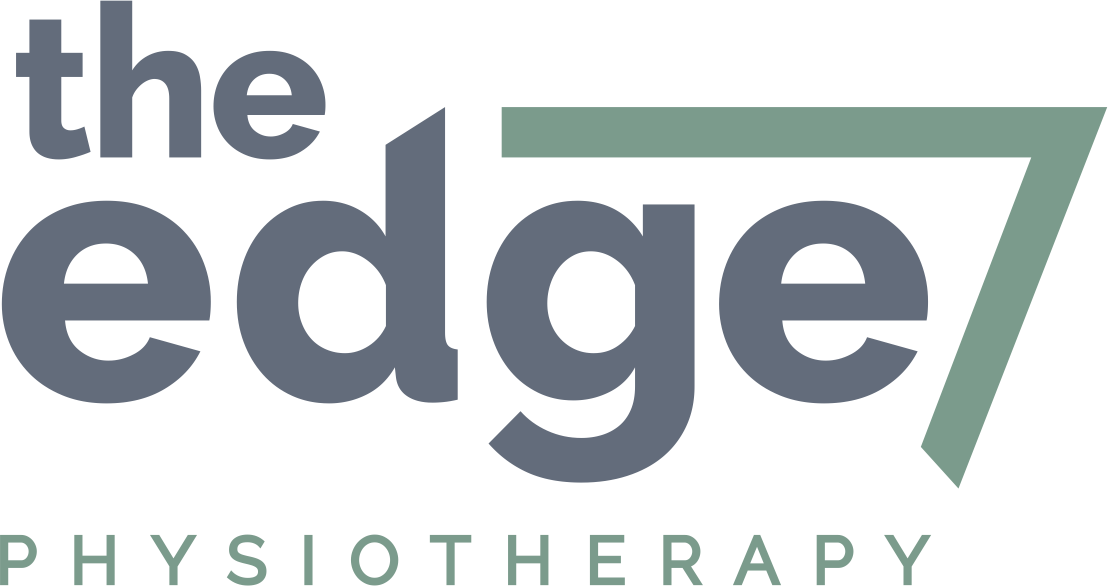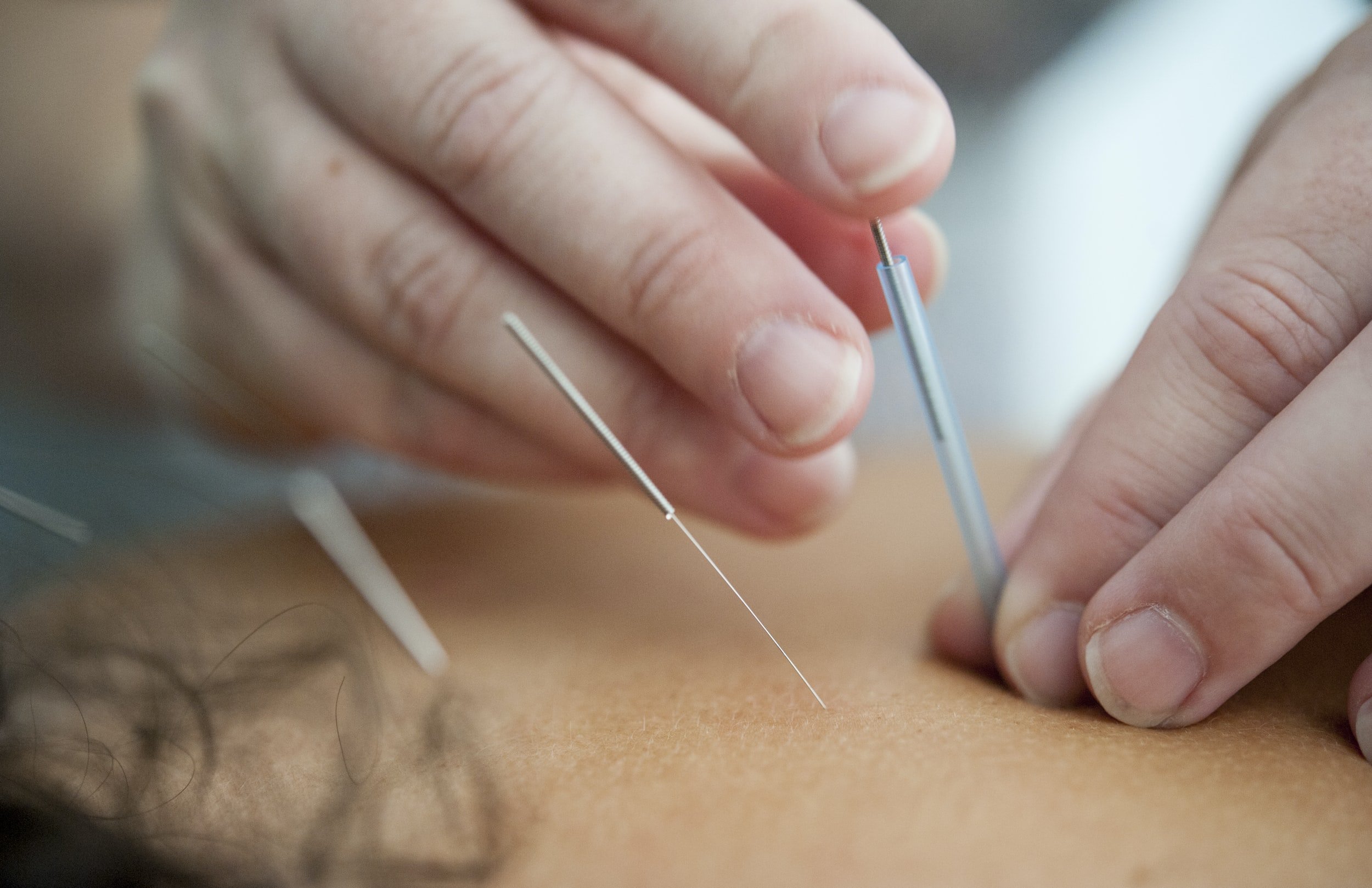Dry needling
Have I told you how much I don’t like needles? After having two children (two labours with lots of needles, many many blood tests) and working as a health practitioner (immunisations galore!) I hate needles. Having said that, I have seen the therapeutic benefits that dry needling can offer some patients in clinical practice. Some conditions that I have observed to respond well to dry needling can include:
1) tennis elbow
2) pelvic girdle pain
4) hip pain
6) ankle sprains
7) lower limb Tendinopathies
You’ll find that dry needling has become more popular with physiotherapists in the last 15 years or so. Once upon a time the only options we had for specialisation was to train in acupuncture as a physiotherapist, which takes a fair bit of time to do. These days, a physiotherapist can do a weekend course, and hay presto, we have licence to stab. Sorry I couldn’t help but use this pun. Don’t be concerned though, the courses we do to become certified to practice dry needling are quite rigorous, nationally certified by The Australian Health Practitioner Regulation Agency (AHPRA), have to be recognised by our insurance companies and are ongoing in terms of refinement.
So what is dry needling, what are it’s benefits and how is it different to say acupuncture? Well, trigger point dry needling is when a fine needle is placed into the skin and muscle within a myofascial trigger point. These are considered to be irritable spots in the muscle belly, or taut band of muscle. It can be superficial or deep depending on the muscle that is being released, and the goal is to create a localised twitch response in the muscle which may have short term benefits of:
1) reducing pain
2) increasing flexibility
3) facilitating muscle healing
4) increases in blood flow
There is currently little evidence in the literature to show the long term benefits of dry needling, and as therapists, we only use dry needling as an adjunct to therapy alongside other modalities (Cochrane Review).
I am not an expert on acupuncture as a therapist, as a patient I have had good and bad experiences with it, but in general the philosophy behind acupuncture is geared towards energy, and the balance of Ying and Yang (as I understand it). Whereas dry needling is working with myofascial trigger points and creating an analgesic effect by means of mechanical stimulation.
Informed consent when undergoing therapy is important, and you should discuss the risks associated with dry needling with your therapist. It is routine in our clinic that we provide you with a patient consent form that outlines all the risks associated with this treatment modality, so we are sure that you understand the treatment. In addition, there are cases when we can’t needle including for example a fear of needles, or around a prosthesis (from say a knee replacement). In addition, there are also other situations where we have to consider should we needle? for example, in children or frail patients. A thoughtful approach to therapy is always a good sign in a therapist, no matter what their background is. When in doubt, ask for more information, and make sure your therapist is certified to use this modality.
If you would like to discuss the benefits of dry needling for your condition, please call our clinic to speak with Director and Physiotherapist Andrew.
All the best

